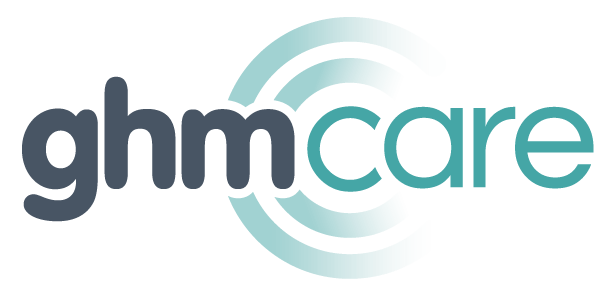When to use a Wi-Fi Access Point with an External Antenna
In this blog we have compared internal antennas to external ones for the best in care home Wi-Fi.
In most indoor deployments, such as offices, schools, hospitals and care homes, access points with internal antennas provide adequate coverage and satisfy aesthetic requirements. Typically, the access point will be mounted on the ceiling with most of the radiation propagating downwards.
When deploying external antennas, there is more control gained over the energy radiated, compared to internal antennas, which have fixed coverage. An external antenna can tailor the shape of the coverage needed – even for challenging design requirements, such as a large open area. To protect the access point from harsh environmental conditions, the access point and antenna can be mounted separately. External antennas also benefit for reducing CCI by ‘shaping’ the RF. With the flexibility of external antennas, changing an external antenna may be all that’s needed – which ends up saving money.
Choosing the right external antenna also depends on the usage.
Warehouses
High ceilings can be very limited for mounted access points, omni-directional antennas perform well up to 25 feet, but above that the signal strength of handheld devices is poor. Whereas an external antenna would be beneficial as they allow focused coverage in the narrow aisles of metal racks.
Outdoors
Many places require outdoor coverage. using external antennas can be beneficial because it enables the access points to be placed inside, away from potential theft or weather-related damage.
Auditoriums/Stadiums
To provide Wi-Fi coverage for many people seated closely, it is not achievable using an internal antennas access point. Using an external antenna with high gain, and a high directional coverage design, can be used to intentionally provide coverage to seating areas only.
How we install for the best care home Wi-Fi
- Install the access point and antennas at an optimum height, to achieve good coverage while being safe from accidental damage.
- Ensure not to mix and match antenna type connected to a single access point.
- Make sure the antennas orientation and alignment are correct in order to achieve optimum coverage and data rates.
- Avoid placing access points near metal beams or in metal cases to prevent signal blockage.
- Use external antennas under suspended ceiling and access points above suspended ceilings.
